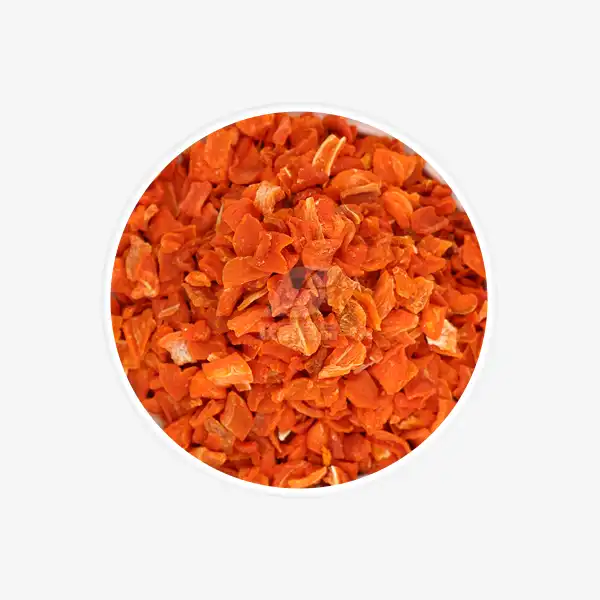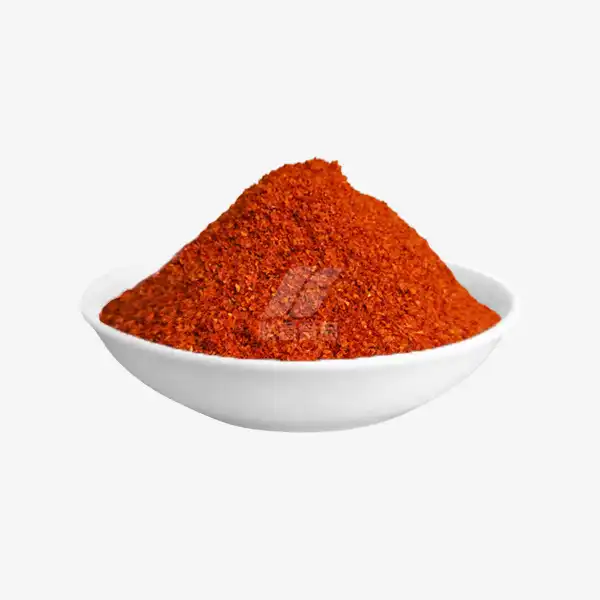Discover the Benefits of Matcha Green Tea Powder
Matcha green tea powder has been captivating health enthusiasts and tea lovers alike with its vibrant green hue and impressive nutritional profile. This finely ground powder, derived from specially grown and processed green tea leaves, has been a staple in Japanese culture for centuries. Now, it's gaining global recognition as a potent superfood. Let's delve into the world of matcha and uncover its numerous benefits.
Why Matcha Green Tea is the Ultimate Superfood?
Matcha green tea powder stands out as a nutritional powerhouse, boasting an impressive array of health benefits that make it a true superfood. Its unique cultivation and processing methods result in a concentrated form of green tea that amplifies its beneficial properties.
Antioxidant Powerhouse
One of the most notable attributes of matcha is its exceptionally high antioxidant content. Matcha contains catechins, a class of plant compounds that act as natural antioxidants. Among these, epigallocatechin gallate (EGCG) is the most abundant and potent. EGCG has been linked to various health benefits, including cancer prevention, cardiovascular health improvement, and enhanced metabolism.
Energy Boost Without the Jitters
Matcha provides a unique combination of caffeine and L-theanine, an amino acid known for its calming effects. This synergistic duo offers a sustained energy boost without the jitters or crash often associated with coffee consumption. The L-theanine in matcha promotes alertness and concentration while simultaneously inducing relaxation, resulting in a state of calm alertness.
Metabolism Enhancement
Studies suggest that the catechins in matcha green tea powder may help boost metabolism and increase fat oxidation. This could potentially aid in weight management when combined with a balanced diet and regular exercise. The thermogenic properties of matcha can help the body burn calories more efficiently, supporting weight loss efforts.
Heart Health Support
Regular consumption of matcha may contribute to cardiovascular health. The antioxidants in matcha have been shown to help reduce LDL cholesterol (the "bad" cholesterol) while increasing HDL cholesterol (the "good" cholesterol). This balance can help maintain healthy blood pressure levels and reduce the risk of heart disease.
Brain Function Enhancement
The combination of L-theanine and caffeine in matcha has been associated with improved cognitive function. These compounds may enhance memory, attention, and reaction time. Additionally, the high antioxidant content of matcha may help protect against age-related cognitive decline and neurodegenerative diseases.
Detoxification Properties
Matcha is rich in chlorophyll, the compound responsible for its vibrant green color. Chlorophyll is known for its detoxifying properties, helping to eliminate toxins and heavy metals from the body. This detoxification support can contribute to overall health and vitality.
How to Incorporate Matcha Green Tea Powder into Your Diet?
Incorporating matcha into your daily routine is simpler than you might think. Its versatility allows for numerous creative applications beyond the traditional tea preparation. Here are some delicious and innovative ways to enjoy the benefits of matcha green tea powder:
Traditional Matcha Tea
The most straightforward way to enjoy matcha is as a traditional tea. Whisk 1-2 teaspoons of matcha powder with hot water (not boiling) until frothy. This preparation method allows you to fully appreciate the unique flavor profile and reap the maximum health benefits.
Matcha Lattes
For a creamier beverage, try a matcha latte. Combine matcha powder with a small amount of hot water to create a paste, then add steamed milk of your choice (dairy, almond, oat, etc.) and a touch of sweetener if desired. This makes for a comforting and nutritious alternative to coffee.
Smoothies and Smoothie Bowls
Add a teaspoon of matcha powder to your favorite smoothie recipe for an antioxidant boost. Matcha pairs well with fruits like banana, mango, and pineapple. For a more substantial meal, create a matcha smoothie bowl topped with granola, fresh fruits, and a drizzle of honey.
Baked Goods
Incorporate matcha into your baking for a unique flavor and color. Try matcha cookies, muffins, or even a matcha-swirled cheesecake. The earthy notes of matcha can add depth to sweet treats while boosting their nutritional value.
Matcha Chia Pudding
For a nutritious breakfast or snack, mix matcha green tea powder into chia pudding. Combine chia seeds, matcha, and your milk of choice, let it sit overnight, and wake up to a delicious, energy-boosting treat.
Matcha Ice Cream
For a refreshing dessert, make matcha ice cream. Blend matcha powder into your favorite ice cream base before freezing. The result is a creamy, vibrant green treat that's both indulgent and nutritious.
Matcha Green Tea vs. Regular Green Tea: What's the Difference?
While both matcha and regular green tea come from the same plant, Camellia sinensis, there are significant differences in their cultivation, processing, and consumption methods. These differences result in distinct flavor profiles and nutritional benefits.
Cultivation and Processing
Matcha tea plants are shade-grown for about 20-30 days before harvest. This process increases chlorophyll production, boosts the amino acid content, and gives matcha its distinctive bright green color. After harvesting, the leaves are quickly steamed to prevent fermentation, then dried and aged in cold storage before being stone-ground into a fine powder.
Consumption Method
When you drink matcha, you consume the entire tea leaf in powdered form. This means you ingest all the nutrients present in the leaf. With regular green tea, you steep the leaves in water and then discard them, consuming only the water-soluble components that have been extracted during brewing.
Nutritional Content
Due to the different processing and consumption methods, matcha provides a more concentrated source of nutrients compared to regular green tea. Matcha contains higher levels of catechins, chlorophyll, and amino acids, particularly L-theanine. The caffeine content in matcha is also generally higher than in regular green tea.
Flavor Profile
Matcha has a rich, complex flavor often described as umami, with notes of sweetness and a slight bitterness. Its texture is creamy and full-bodied. Regular green tea typically has a lighter, more delicate flavor with grassy or vegetal notes, depending on the specific variety.
Conclusion
Matcha green tea powder offers a unique combination of rich flavor, versatile applications, and potent health benefits. From its antioxidant properties to its potential to enhance brain function and support heart health, matcha truly stands out as a superfood. By incorporating matcha into your daily routine, whether through traditional tea preparation or creative culinary experiments, you can enjoy its numerous benefits while savoring its distinctive taste.
Ready to embark on your matcha journey? Explore our range of premium organic matcha green tea powder and discover the difference quality can make. For more information or to place an order, please contact us at qingzhengliu@jslianfu.com.
References
1. Weiss, D. J., & Anderton, C. R. (2003). Determination of catechins in matcha green tea by micellar electrokinetic chromatography. Journal of Chromatography A, 1011(1-2), 173-180.
2. Kochman, J., Jakubczyk, K., Antoniewicz, J., Mruk, H., & Janda, K. (2021). Health Benefits and Chemical Composition of Matcha Green Tea: A Review. Molecules, 26(1), 85.
3. Xu, P., Ying, L., Hong, G., & Wang, Y. (2016). The effects of the aqueous extract and residue of Matcha on the antioxidant status and lipid and glucose levels in mice fed a high-fat diet. Food & Function, 7(1), 294-300.
4. Dietz, C., Dekker, M., & Piqueras-Fiszman, B. (2017). An intervention study on the effect of matcha tea, in drink and snack bar formats, on mood and cognitive performance. Food Research International, 99, 72-83.
5. Fujioka, K., Iwamoto, T., Shima, H., Tomaru, K., Saito, H., Ohtsuka, M., ... & Manome, Y. (2016). The powdered green tea matcha instead of the leaf green tea mainly contains vitamin A and vitamin K. Food Chemistry, 208, 26-29.

_1729843393550.webp)









